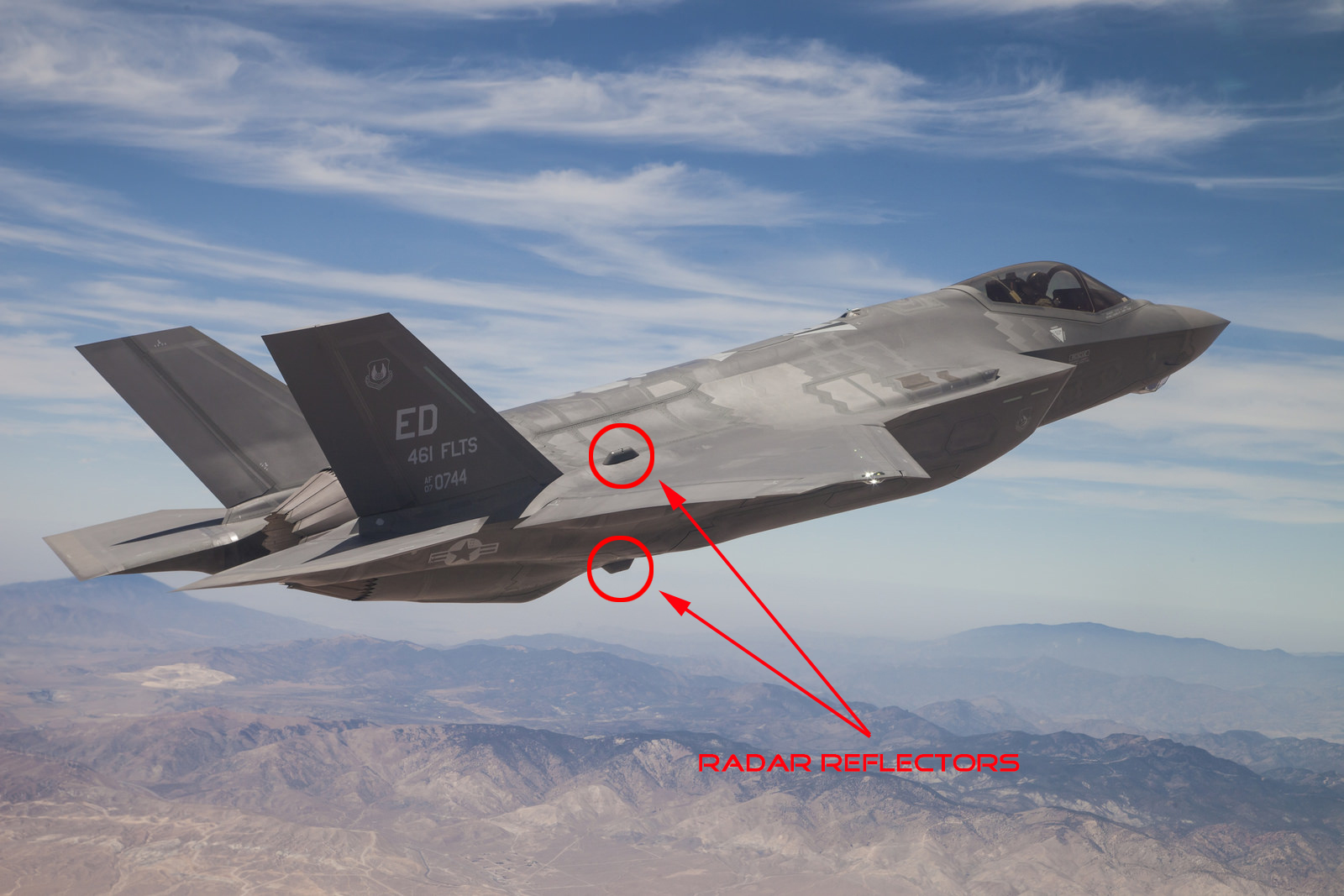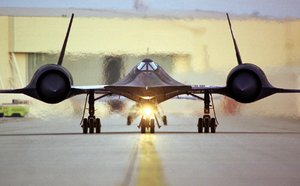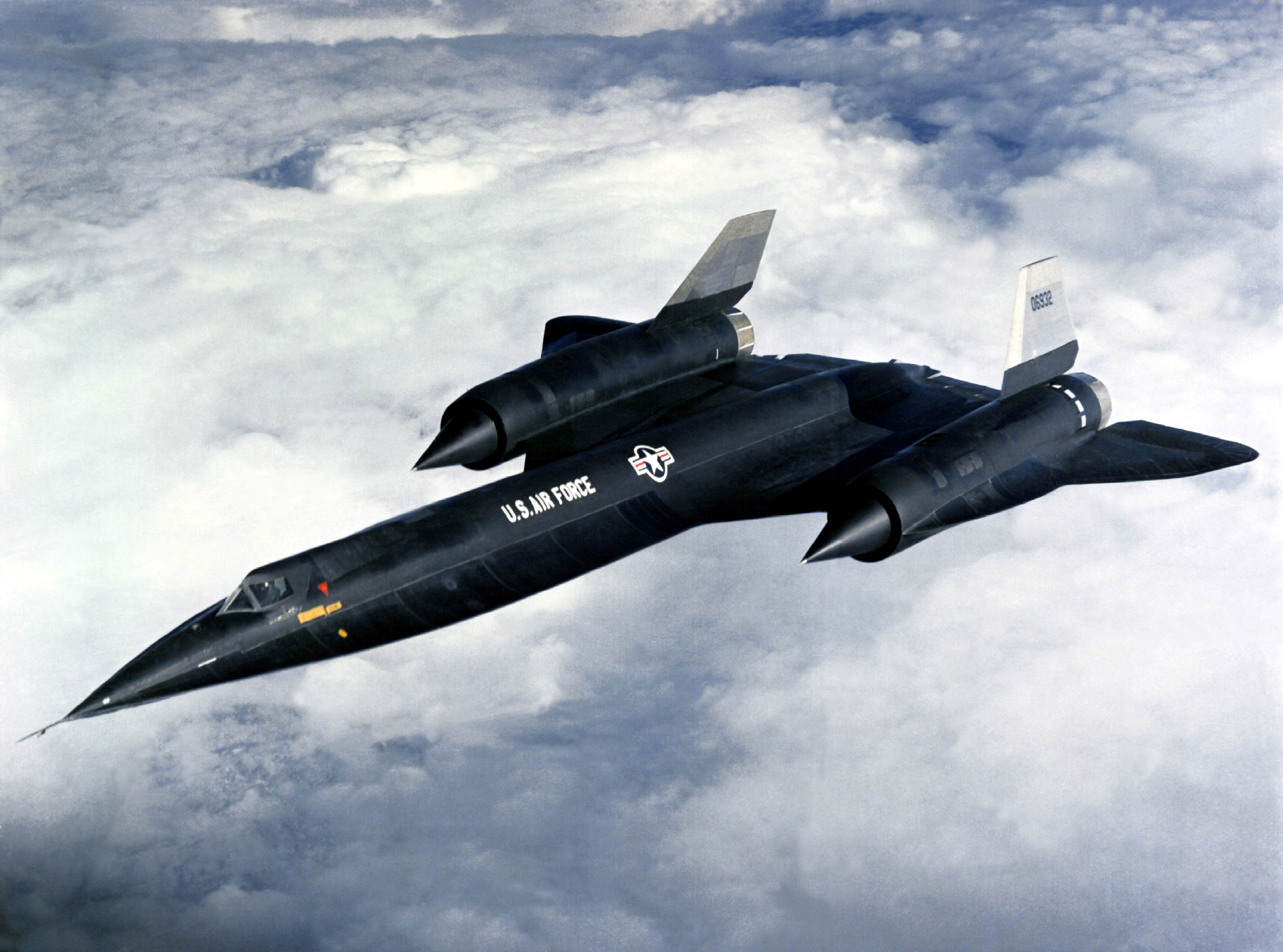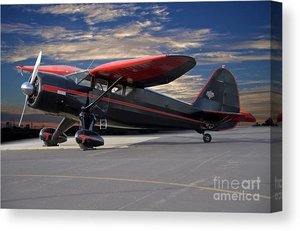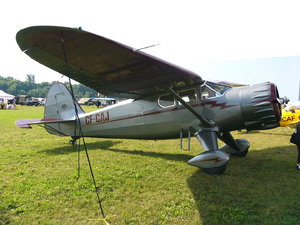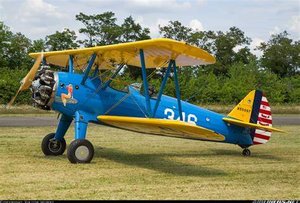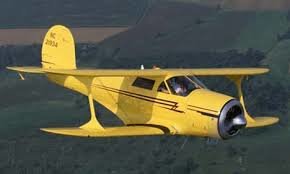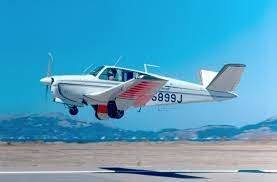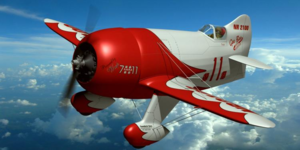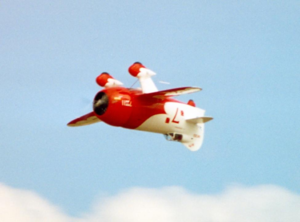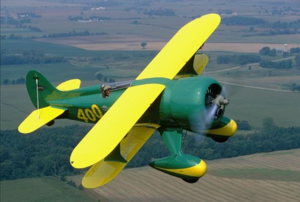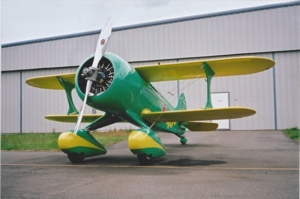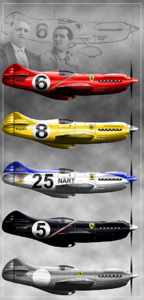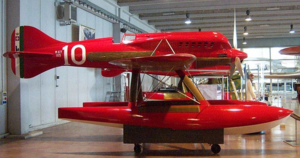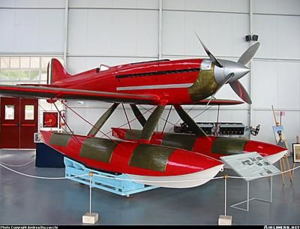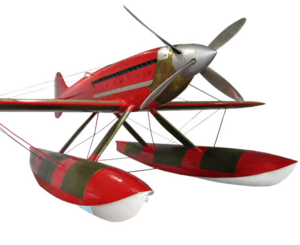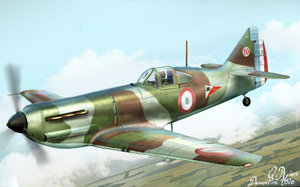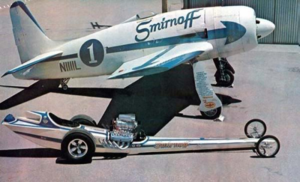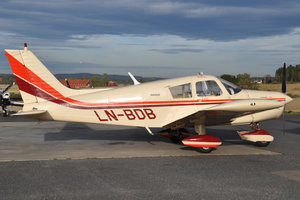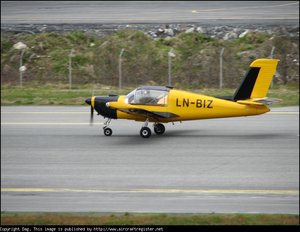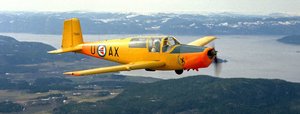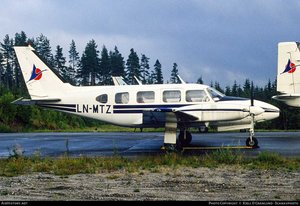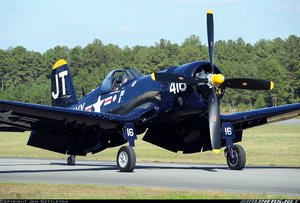Diverse Den store flytråden
- Trådstarter Sluket
- Startdato
Diskusjonstråd Se tråd i gallerivisning
-
Litt om den nysignerte avtalen om en felles nordisk luftstyrke.
Noen som vet hva klumpen mellom halefinnene på den F-35 som vises 2:57 uti videoen er for noe? Er det ekstrautstyr for elektronisk krigføring?
Både israelske og amerikanske F-35 har blitt observert med ekstra radarreflektorer, angivelig for å lure russerne til å feilberegne radarprofilen slik at de feilprogrammerer missilene sine.
Kanskje den lille pukkelen inneholder noe tilsvarende lureri.
 Skulle ikke forundre meg at det er plass til litt av hvert, men de eneste F-35 jeg har sett med en slik pukkel er de norske.
Skulle ikke forundre meg at det er plass til litt av hvert, men de eneste F-35 jeg har sett med en slik pukkel er de norske.
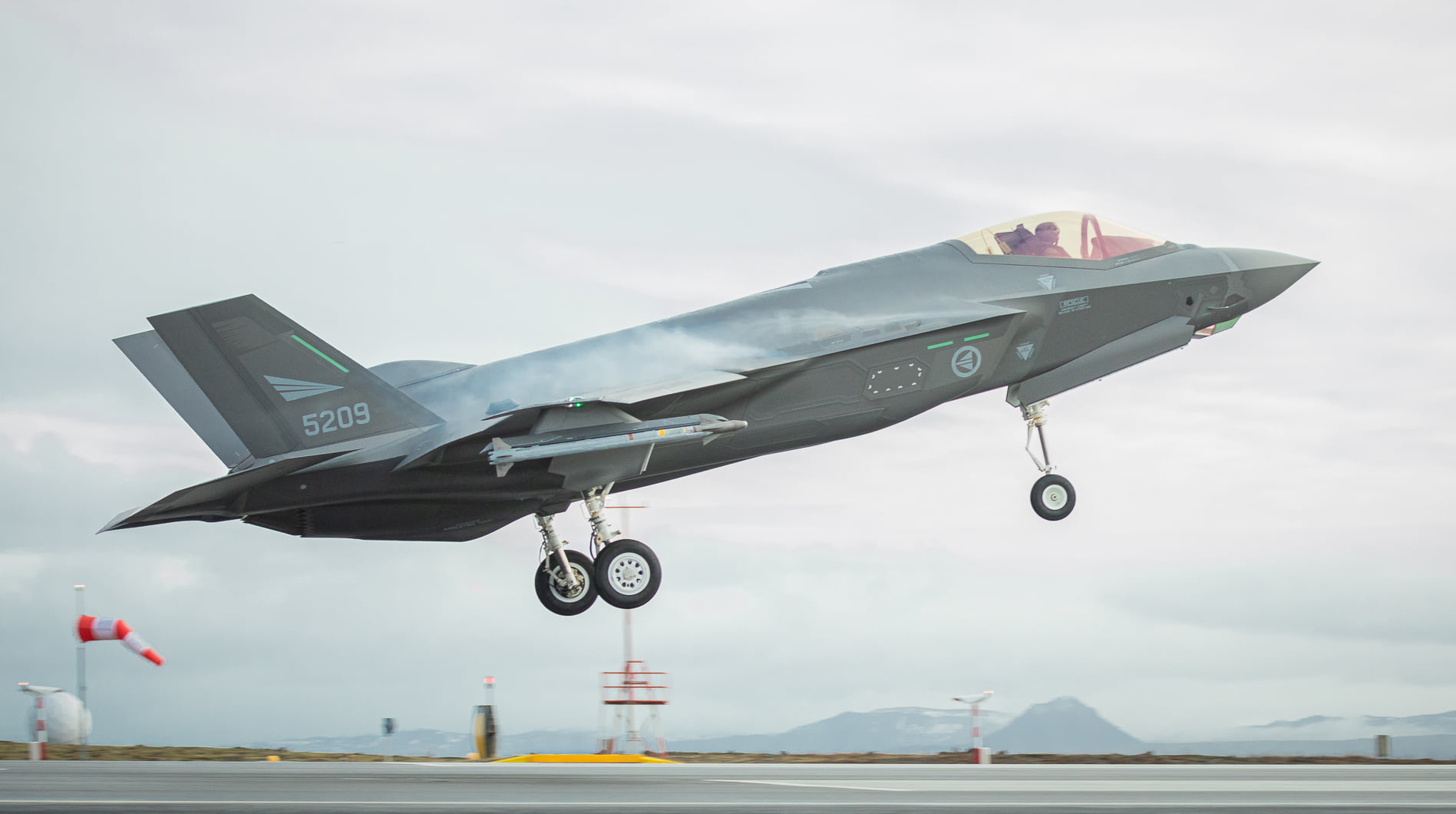
Norwegian F-35A Jets (With Their Peculiar Upper Fuselage Drag Chute Pod) Deploy To Iceland For NATO's Air Policing
For the second time, the Royal Norwegian Air Force F-35A Lightning II jets have deployed to Keflavik, Iceland, to support NATO's Icelandic Air Policing. theaviationist.com
theaviationist.com
En annen kilde:
As already explained multiple times here at The Aviationist, Norwegian F-35s are unique compared to other nations' F-35s as they are the only ones at the moment to use a drag chute during landing, housed in a special fairing on the upper rear fuselage between the vertical tails.Norway's unique F-35 fighter jets are taking on a new mission
For 42 years, Norway's F-16s held the Quick Reaction Alert role for Norway and NATO. Now it's the F-35's turn. www.businessinsider.com
Radarreflektor høres jo ikke rett ut.. den forsterker bare et ekko.. radarjammer av noe slag er vel i så fall mer riktig..Kanskje ikke det vakreste, men definitiv ett av de råeste..
www.businessinsider.com
Radarreflektor høres jo ikke rett ut.. den forsterker bare et ekko.. radarjammer av noe slag er vel i så fall mer riktig..Kanskje ikke det vakreste, men definitiv ett av de råeste..
To stk Buick 401 kubikk V8`ere for å starte en motor.
Har alltid vært fascinert av denne fuglen.
Starting the SR-71 Blackbird's J58 Engines - AG330 Start Cart
The AG-330 Start Cart orginally were Buick wildcat 401 cubic inch V-8 engines developing 400 horsepower. There were two Buick engines mounted tandem side by side with automatic transmissions. They were coupled together with a steel woven drive belt to drive a vertical shaft that was inserted...www.thesr71blackbird.com Forgjengeren A-12 kunne faktisk fly enda litt raskere og høyere enn SR-71.
Forgjengeren A-12 kunne faktisk fly enda litt raskere og høyere enn SR-71.
Det er ganske utrolig hvor raskt den teknologiske utviklingen gikk, under og rett etter krigen, med tanke på at A-12 fløy for første gang allerede i april 1962. Nesten på dagen 60 år siden.

Tydeligvis reflektorer, for at ikke noen som ikke burde vite det finner ut eksakt hvor lite radartverrsnitt den har. Det får heller komme som en liten overraskelse når det behøves.Radarreflektor høres jo ikke rett ut.. den forsterker bare et ekko.. radarjammer av noe slag er vel i så fall mer riktig..
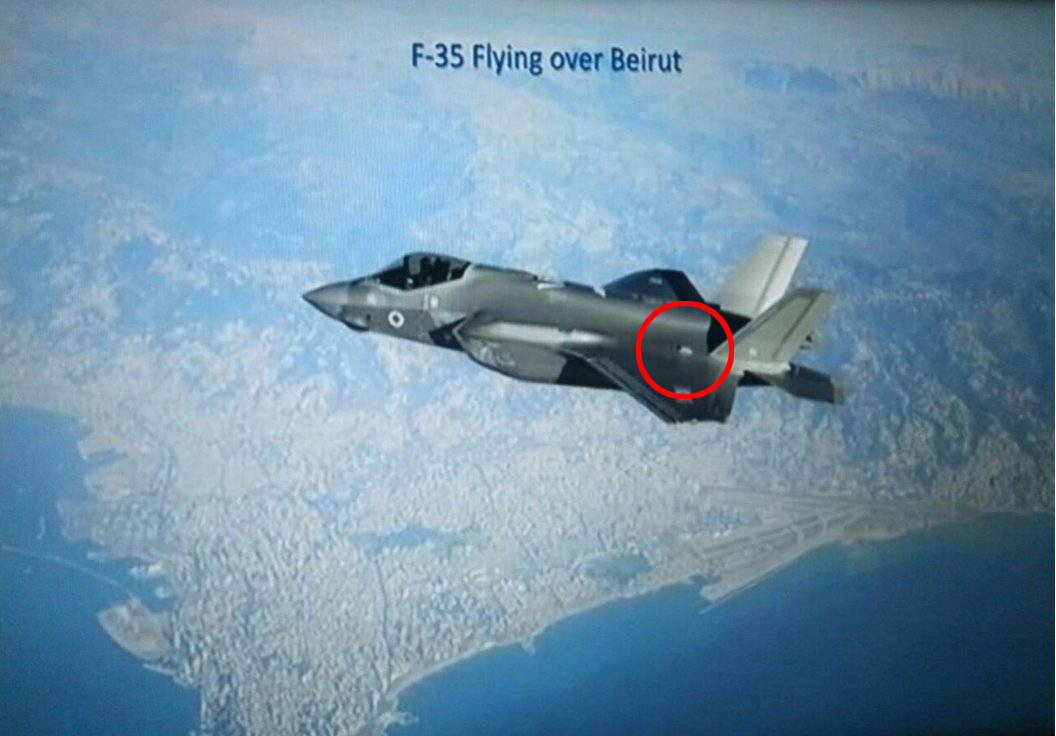
Image Of Israeli F-35 Flying Off Beirut (With Radar Reflectors) As Well As More Details About The Adir's First Strikes Emerge
A photograph of an Israeli Air Force F-35 flying (more or less..) "over" Beirut has been made public. Interestingly, the image seems to prove the stealthy theaviationist.com
F-35s deployed abroad usually feature their typical four radar reflectors: to exaggerate their real RCS (Radar Cross Section) and negate the enemy the ability to collect any detail about their LO “signature”. As happened during the short mission to Estonia and then Bulgaria, carried out by the USAF F-35As involved in the type’s first overseas training deployment to Europe or when, on Aug. 30, 2017, four U.S. Marine Corps F-35B Lightning II joined two USAF B-1B Lancers for the JSF’s first show of force against North Korea: the F-35Bs flew with the radar reflectors, a sign they didn’t want their actual radar signature to be exposed to any intelligence gathering sensor in the area.Det gir jo evt mening kun hvis man vi si at "Titt-titt.... her er jeg..." og det kan det jo forsåvidt også være en viss mening i...
theaviationist.com
F-35s deployed abroad usually feature their typical four radar reflectors: to exaggerate their real RCS (Radar Cross Section) and negate the enemy the ability to collect any detail about their LO “signature”. As happened during the short mission to Estonia and then Bulgaria, carried out by the USAF F-35As involved in the type’s first overseas training deployment to Europe or when, on Aug. 30, 2017, four U.S. Marine Corps F-35B Lightning II joined two USAF B-1B Lancers for the JSF’s first show of force against North Korea: the F-35Bs flew with the radar reflectors, a sign they didn’t want their actual radar signature to be exposed to any intelligence gathering sensor in the area.Det gir jo evt mening kun hvis man vi si at "Titt-titt.... her er jeg..." og det kan det jo forsåvidt også være en viss mening i...
Det gir selvfølgelig ikke mening i en reell stridssituasjon, men det er jo en smart ting å gjøre i fredstid.Det gir jo evt mening kun hvis man vi si at "Titt-titt.... her er jeg..." og det kan det jo forsåvidt også være en viss mening i...Det er rett og slett genialt rent flymessig. Risikoen for å "steile" flyet er kraftig redusert med en Staggerwing. Denne maskinen ble designet som datidens svar på BizzJet". Dvs et fly for foretningsfolk som skulle dekke store avstander, OG som selv skulle fly det. Dvs folk med mye penger og relativt lite flyerfaring. Dette er forøvrig en rimelig grei oppskrift for flyulykker! Beech V36 var også et fly beregnet på en slik velstående kundegruppe. Romslig kabin, stor motor, gikk fort og ser jo ikke så dum ut, MEN den fikk dessverre ganske raskt "nickname"
Dentist killer/ Doctor killer. Den hadde visse egenskaper som gjorde at det ikke var nok med mye penger, man burde også ha en del erfaring som pilot.

Staggerwingen var slik at når den nederst vingen "steilet" ville den øverste fortsatt fly uten å ha "steilet" (mistet løftet ) nesen på flyet ville
så mer eller mindre av seg selv bikke litt nedover og begge vingene ville igjen "fly". Man slapp problemen med å skulle "hente inn" et fly som gikk i spinn.
Moderne småfly som Piper Cherokee Pa-28 ( som ved ettertanke ikke er så nytt lenger. Det er nok jeg som er blitt gammel! ) er slik konstruert at hvis man "steiler ut" flyet og det går i spinn ( man må nesten tvinge den inn i spinn! ) så er det enkleste å bare slippe alle kontroller og da vil flyet "hente inn" seg selv etter 1,5-2 rotasjoner. De "gamle" og visuelt ultralekkre flyene var ikke konstruert slik. Flyging var en gang noe for tøffe gutter med hår på brystet som tok sjanser og "lekte med livet", ( Slikt som drar damer!! ) I dag er det så greit at selv mor kan gjøre det, for å sitere en gammel Kodak annonse.
Edit: Typo.Sist redigert:Pierre Clostermann flikkrollet (tror jeg det var) en Tiger Moth da engelskmennene skulle finne ut om han virkelig hadde lært å fly i Statene.
- Ikke gjør det der med denne. Halen faller av, sa instruktøren da de hadde landet.
Googlet litt. Beech Staggerwing har landingshastighet 45 mph, toppfart over 200 mph, og klatrer med mer enn 1600 ft/min. Andre steder står stall speed 60 mph, men likevel. Det er fortsatt litt imponerende tall.Det er rett og slett genialt rent flymessig. Risikoen for å "steile" flyet er kraftig redusert med en Staggerwing. Denne maskinen ble designet som datidens svar på BizzJet". Dvs et fly for foretningsfolk som skulle dekke store avstander, OG som selv skulle fly det. Dvs folk med mye penger og relativt lite flyerfaring. Dette er forøvrig en rimelig grei oppskrift for flyulykker!
Beech Model 17 Staggerwing aircraft history performance and specifications
Beech aircraft Beechcraft specifications history and performancewww.pilotfriend.com
In other news: Hvorfor ikke landingshastighet 0 mph?
Trengte trekvart flylengde for å ta av igjen, riktignok.
HOME | Backcountry Super Cubs
 www.supercub.com
Sist redigert:
www.supercub.com
Sist redigert:
Det der dreper ikke bare leger/tannleger.Hvis Sluket var et fly....
Granville Brothers GEE BEE R
Vis vedlegget 910851
Vis vedlegget 910852
Juhuuu!!!!
Vis vedlegget 910853
Det tar livet av hvem som helst.
Nå snakker vi.
Italdesign... hvem ellers, liksom. STEINTØFT!!!!
Vis vedlegget 910865
Vis vedlegget 910867
Vis vedlegget 910868Det er på en måte veldig riktig at de der er sponset av et vodkamerke…
Men dæven, for noen linjer!
The need for speed begrenser seg ikke til bare EN disiplin nei...
Check this out; En pimpa Grumman Bearcat med tilhørende vintage frontmotordragster, to oppskrifter på kontrollerte katastrofer
Vis vedlegget 910876Hughes H-1 det siste flyet bygget av private som satte fartsrekord (med Howard Hughes selv bak spakene)

Det skal litt til for å ut-supermarine Supermarine S.6B, men den der greide det til slutt. Supermarines rekordhastighet i 1931 var 655 km/t.
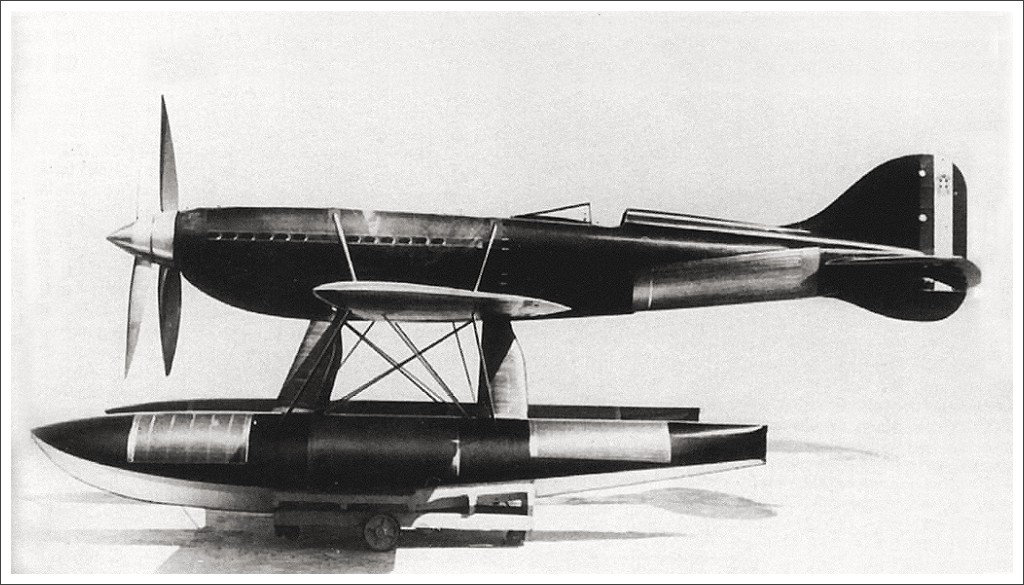
Macchi M.C.72 - Wikipedia
 en.wikipedia.org
en.wikipedia.org
Man lærer noe nytt hver dag…The M.C. 72 was built in 1931 for what turned out to be the final Schneider Trophy race, but due to engine problems was unable to compete.
Instead of halting development, Macchi continued work on the M.C. 72. Benito Mussolini personally took an interest in seeing development of the M.C. 72 continue and directed state funds to the company.[4]
For two years, the M.C. 72 suffered from many mechanical defects, as well as the loss of two test pilots who died trying to coax world class speed out of the M.C. 72 (first Monti and then Bellini). After 35 flights the engines were overhauled in preparation for a record attempt.[3] The aircraft finally lived up to expectations when it set a new world speed record (over water) on 10 April 1933, with a speed of 682 km/h (424 mph). It was piloted by Warrant Officer Francesco Agello (the last qualified test pilot). Not satisfied, development continued as the aircraft's designers thought they could surpass 700 km/h (430 mph) with the M.C. 72. This was achieved on 23 October 1934, when Agello piloted the M.C. 72 at an average speed of 709.207 km/h (440.681 mph)[5] over three passes. This record remains (as of 2019) the highest speed ever attained by a piston-engined seaplane. After this success the M.C.72 was never flown again.
The M.C. 72 held the world speed record for all aircraft for five years. For comparison, the record holder for a land-based aircraft was held (for a time) by the Hughes H-1 Racer with a top speed of only 566 km/h (352 mph). Then, in 1939, two German racing aircraft surpassed the M.C. 72. The first was a Heinkel prototype fighter which reached the speed of 746 km/h (464 mph). The second was the Messerschmitt Me 209, built by Messerschmitt solely for the purpose of setting a new world speed record, which it achieved with a speed of 756 km/h (470 mph) on April 26 – less than 5 months before the start of World War II. The current world speed record for a piston-engined aircraft is 528.33 mph (850.26 km/h) set by a heavily modified Grumman F8F Bearcat named Rare Bear over three km in 1989. However, the M.C. 72 record still stands as the world's fastest propeller-driven seaplane.Sist redigert:F4U Corsair var utrolig solid skrudd sammen. Den tålte masse juling. "Artigste" historien var han som gikk tom for ammo
og "saget" halen av et japansk bombefly med propellen! Corsairen kom seg hjem til basen sin. -
Laster inn…
Diskusjonstråd Se tråd i gallerivisning
-
-
Laster inn…





